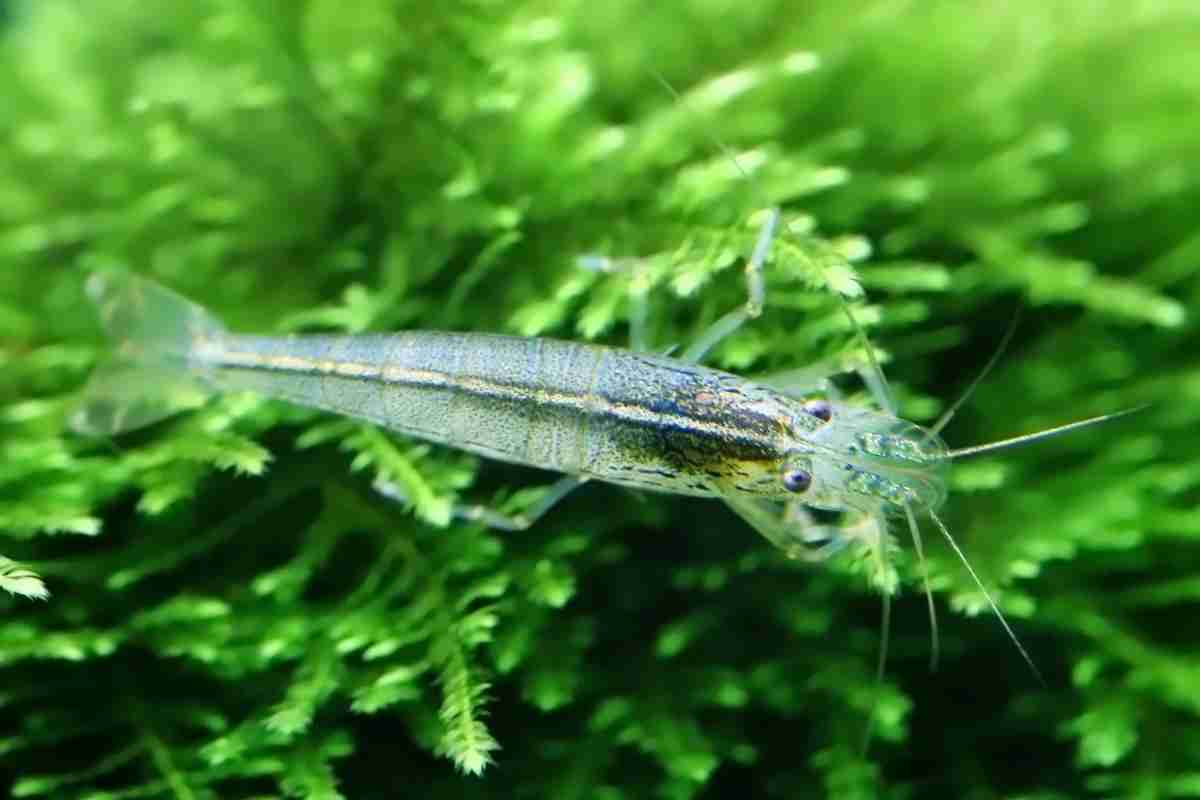
Can Rabbits Eat Moss?
Read more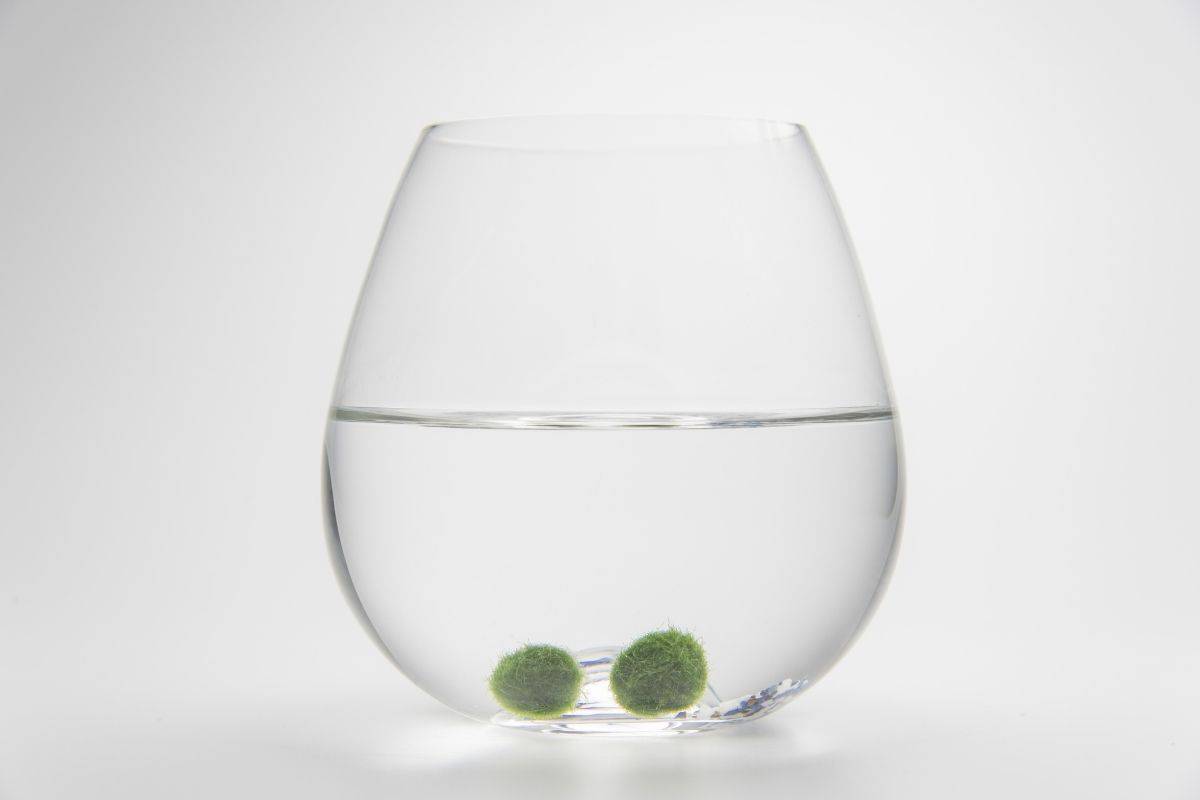
Do Moss Balls Need Light? The Ultimate Question!
Read more
7 Ways To Permanently Remove Moss From Concrete
Read more
Does Algae Need Sunlight? The Surprising Truth!
Read more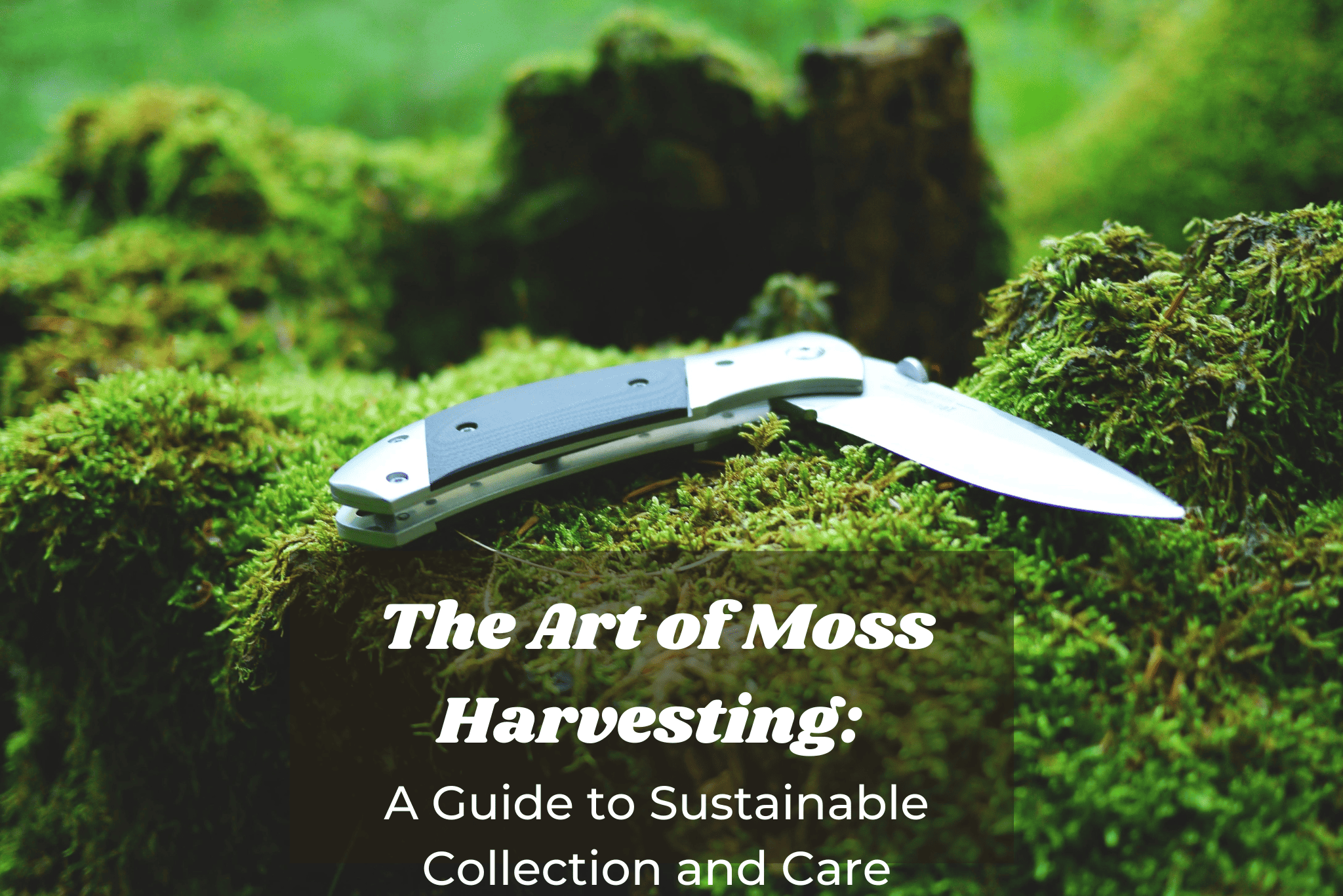
The Art of Moss Harvesting: A Guide to Sustainable Collection and Care
Read more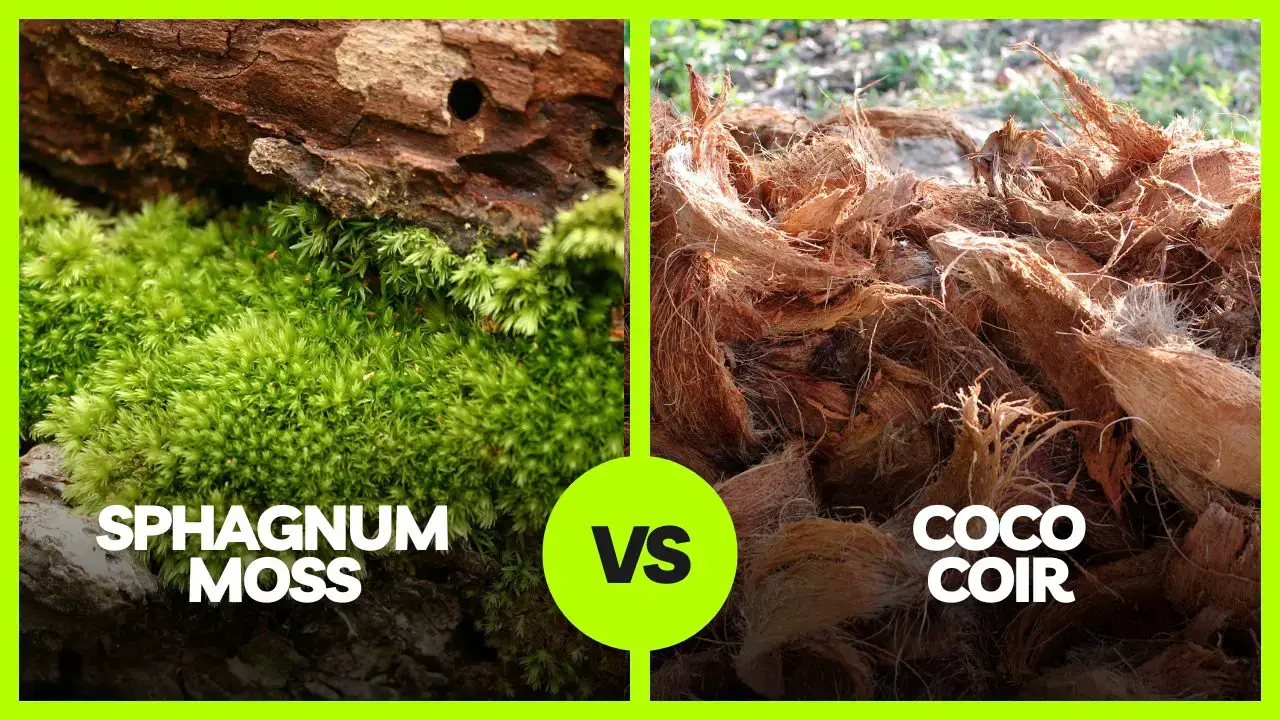
Sphagnum moss pole vs Coir pole. Which one is best for your houseplants?
Read more
7 Tools Perfect For Removing Moss Between Pavers!
Read more
Does Sphagnum Moss Mold? Causes & Prevention
Read more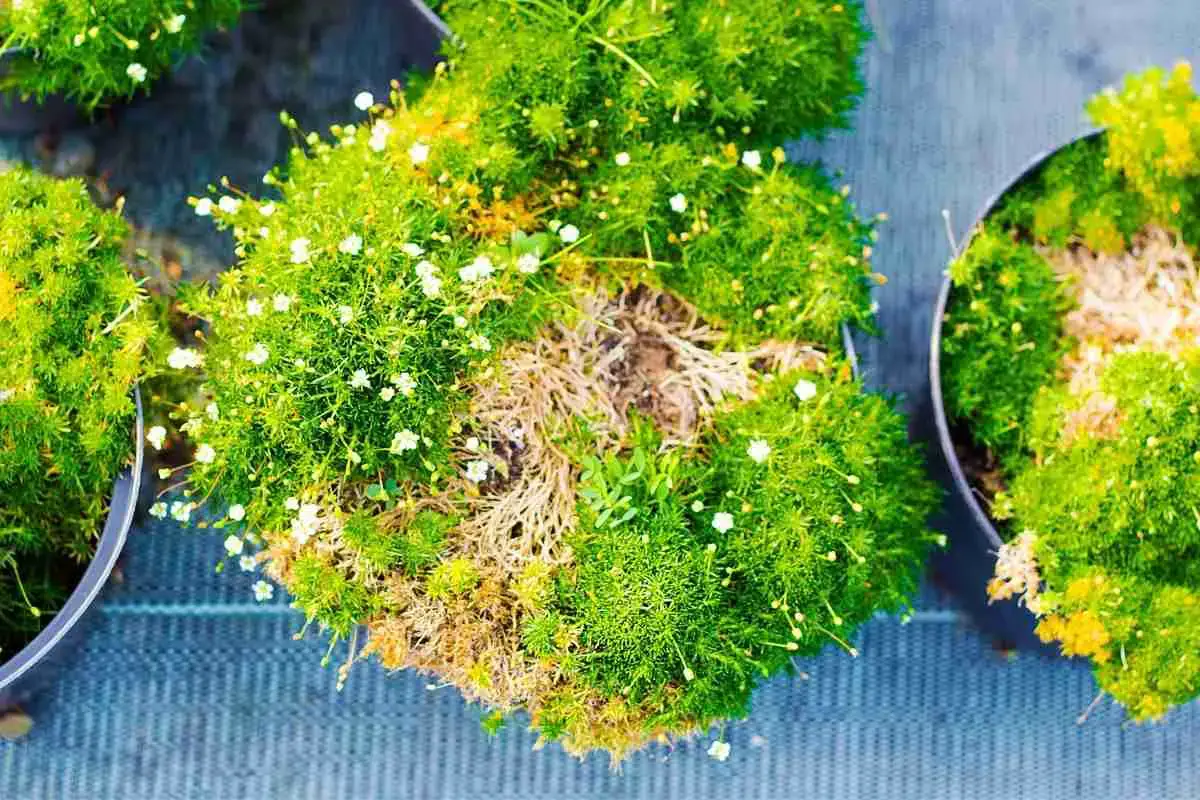
Scotch Moss or Irish Moss: Unveiling the Key Differences You Need to Know!
Read more
How To Preserve Moss? In 5 Steps!
Read more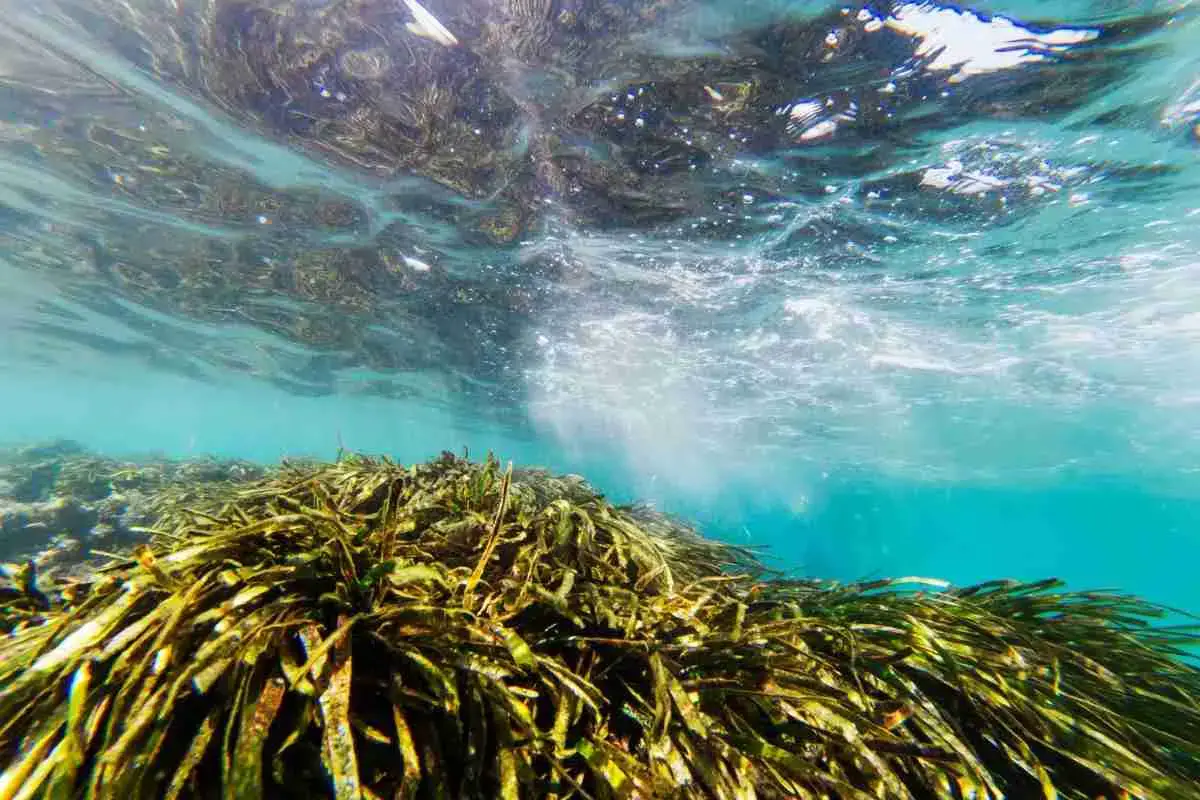
Can Moss Grow Underwater? List & Benefits
Read more